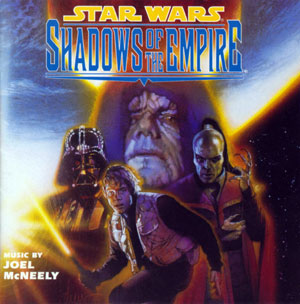Ah, it’s been a while since we actually talked about music here at tunequest, so let’s pick up where we left off: Susumu Yokota. I recently posted about my discovery of his music via an Amazon recommendation for his 2001 exploration of ambient minimalism, Grinning Cat (perhaps a reference to Alice in Wonderland?). Having piqued my interest to the extreme, I started researching the man and his work.
His style is as varied as he is prolific. Indeed, one recurring thread in my reading was that Yokota cannot claim a definitive fan following because, despite his obvious talents and aptitudes, he never sticks around in any particular musical form long enough to create an authoritative body of work, becoming more an admired dabbler than a respected icon.
Yet, from everything I’ve heard, Yokota’s abilities transcend form, appealing to a more fundamental level of music appreciation. No matter what he’s doing, there’s a layer of genius to it that overrides the superficiality of style. It doesn’t matter that each record varies stylistically because the underlying music is simply wonderful. Of course, I say that having listened to only two of his records, but it is an opinion that will inform my reactions as I delve further into his repertoire.
Having previously covered Grinning Cat, I turn my attention to Yokota’s 2005 record, Symbol. Of all the choices in Yokota’s catalogue, I was drawn to this one solely by its album cover: a tightly cropped portion of John William Waterhouse’s Hylas and the Nymphs, which happens to be a favorite painting in my house.
I can’t help but wonder how the myth of Hylas relates to these recordings. Perhaps the closely cropped image is itself a symbol. Like the nymphs of lore, these songs are lush, alluring, temptuous; and if one is not careful, one could easily become lost with them. I’ll buy that; this album is nearly bliss.
Artwork aside, like Grinning Cat, this record could hardly get more beautiful, but where the previous record exists to slowly percolate its sound, Symbol fills the air with atmosphere and a subtle aura of exuberance. Each of the thirteen songs on the album is teeming with compositional splendor.
That splendor is due in no small part to Yokota’s generous sampling of classical music, which forms an orchestral underpinning of the entire experience. It is one of the most intriguing things I’ve ever heard. Classical music tends to be in its own world, distinct from the “lowly” place of popular music, so it’s fascinating to hear what are essentially classical music mash ups.
Off the top of my head, there’s Boccherini’s Celebrated Minuet, Debussy’s Clair de Lune (multiple times), Holst’s Jupiter (from The Planets), Mussorgsky’s Night on Bald Mountain and several brief samples of Rimsky-Korsakov’s Flight of the Bumble Bee.
Even though I do appreciate the crashing of the classical gate, I also find it interesting that Yokota chose relatively popular works from which to sample. I suppose that with a concept such as this, recognizable pieces lower the barrier of entry for the casual listener, one who’s probably not very familiar with all that classical has to offer. At least there’s no Ode to Joy or Eine Kleine Nachtmusik.
In the end, Symbol is masterpiece and it excites me even further as I look forward to my next Susumu Yokota record.
For your listening pleasure, the third song from Symbol, Traveller In The Wonderland:
[audio:070123TravellerInTheWonderland.mp3]
Bonus points to anyone who can identify all the classical pieces used in it. I’ll get you started: the song opens with Celebrated Minuet.


